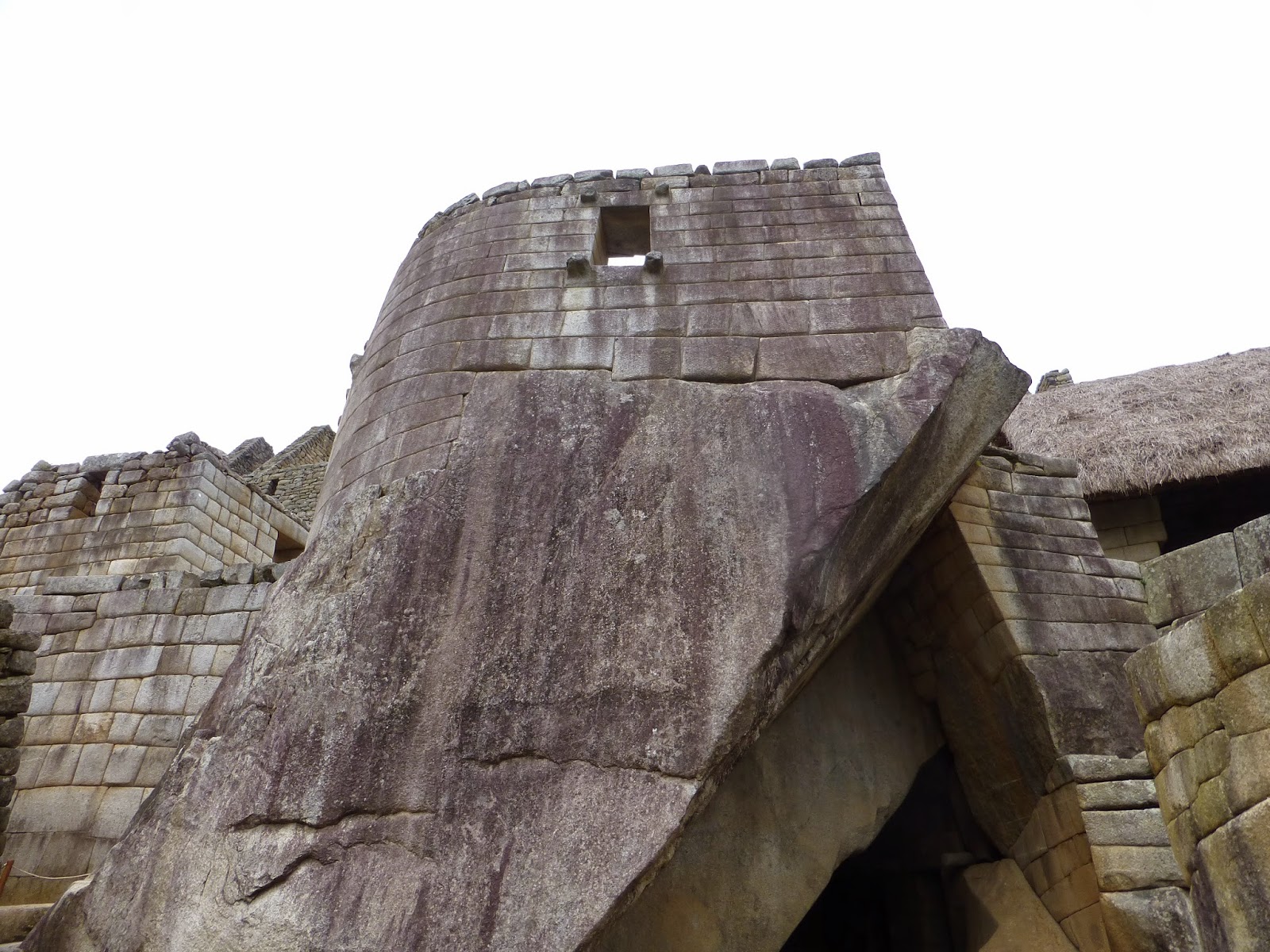Aguas Calientes
Agricultural Terraces
When visiting an iconic attraction, I often wonder if it will live up to its billing. After all, everyone has seen countless photos of Machu Picchu--would an in-person visit be a disappointment? The answer: a resounding 'no'. The ruins themselves are awe-inspiring and the setting, a lush, vertiginous mountaintop flanked by sheer drops to the valley far below, must be seen to be fully appreciated. The only man-made structure I have personally visited that comes close to rivaling Machu Picchu is the Angkor Wat temple complex (see post of March 2, 2013), but I give the edge to Machu Picchu simply because of its glorious mountaintop setting. I arose early one morning, to capture the mist slowly dissipating and gradually revealing the lost city. The vision was jaw-dropping.
I'll let additional photographs tell the rest of the story, as the photos are worth far more than any sentences that I can craft.
The Temple of the Sun--the window is aligned to the position where the sun rises on the summer and winter soltices














No comments:
Post a Comment